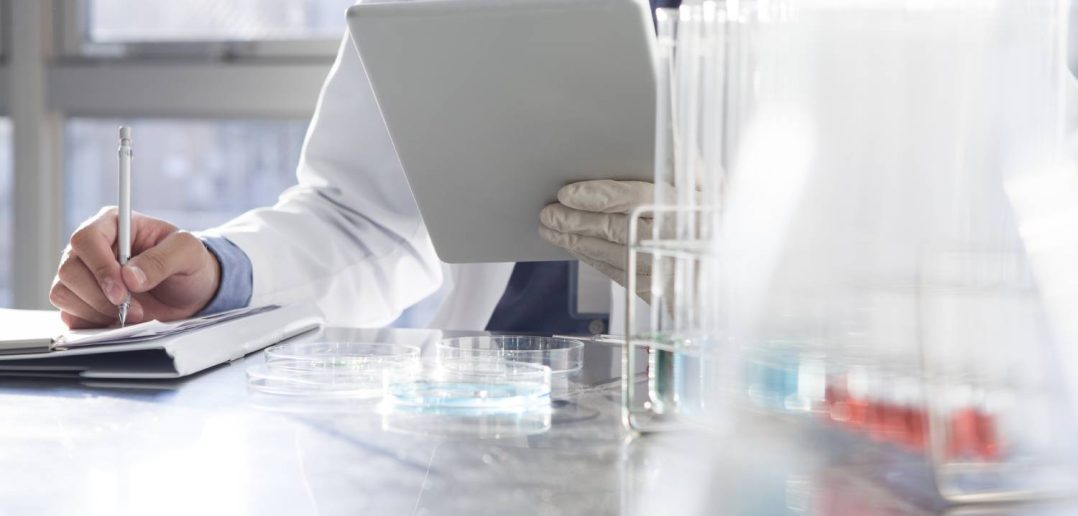

Correlating data to better identify neurodiversity
source link: https://blogs.sas.com/content/sascom/2023/02/13/correlating-data-to-better-identify-neurodiversity/
Go to the source link to view the article. You can view the picture content, updated content and better typesetting reading experience. If the link is broken, please click the button below to view the snapshot at that time.


Correlating data to better identify neurodiversity
Using machine learning to correlate factors and characteristics that appear gradually during childhood in people with autism spectrum disorder (ASD) in support to identify others at risk.
How prevalent is ASD? Well, it depends on who you ask, but it’s generally accepted that between 1-2.3% of children have been diagnosed. And you can assume that the actual size of the childhood ASD community is more prominent.
Because the disorder is on a spectrum, autism intensity can vary drastically depending on the person. It can be a complex disorder to navigate for caretakers, parents, children and teachers. Autism can cause children to have issues with socializing and communicating in typical ways, making it more challenging to establish and maintain relationships. This can lead to struggles for autistic children, including a significantly higher risk of being bullied, self-harming and depression.
Being ostracized is damaging to children, and it’s vital that those with ASD are given the proper support and care. For every child, neglect can make adapting to adult life much harder, and it is especially crucial that a child with ASD learns how to engage the world around them.
Autism and the microbiome: Following the clues
SAS Hackathon team, Autistic Life Changers from Instituto Tecnológico y de Estudios Superiores de Monterrey (Mexico), saw a potential link to ASD and went to work.
There have been many theories for the causes of autism. While research suggests several potential causes, the team found research that supports a correlation between gut health in the bacterial gut microbiome and ASD.
Machine learning (ML) models are often used to help diagnose diseases by finding correlations but do not typically help determine causation. Using artificial intelligence, the team could establish cause and effect.
The team developed a model to detect the specific bacteria in the gut microbiome associated with ASD. By identifying these bacteria, they hope for easier diagnosis and to lessen common symptoms of autism by providing dietary recommendations and medication that can alter the bacterial gut microbiome. This is just one approach to a complex diagnosis.
Chatting for better detection
To build a more extensive data set for the gut biome model, the team decided to develop a chatbot called ASD Helper. This chatbot was created for two purposes:
- To educate caretakers, parents, children and teachers about ASD. The chatbot could identify symptoms, answer questions and provide resources.
- To obtain information from the users to gain even more data for their research.
Collecting data directly from the chatbot provides more data for the models to learn from. The more data these models have, the more accurate it becomes and the closer it can get to predicting a bacterial dimension.
On the right track: Bountiful bacteria
The results have been compelling. The US and China had accuracy rates of 99-100% when predicting the association bacteria found in the gut microbiome of those with ASD.
In China, they found that Lachnospira was the most associated bacteria found in those with ASD. Whereas in the US, Eubacterium was at the top of the list. These findings bring us one step closer to helping those with autism and hopefully help us understand a little more about one of the multifaceted treatment avenues for ASD.
The SAS hackathon is a rich source of inspiration. Read more stories to unlock your innovative spirit.
About Author

Olivia Ojeda is a Marketing Intern on the Thought Leadership, Editorial, and Content team at SAS. She helps write and edit collateral and content. She has an Associates in Arts from Wake Technical Community College and plans to graduate with a degree in Business Administration/Marketing from North Carolina State in the next few years.
Leave A Reply Cancel Reply
Save my name, email, and website in this browser for the next time I comment.
Recommend
-
 52
52
In this tutorial I'll walk you through a simple methodology to correlate various stocks against each other. We'll grab the prices of the selected stocks using the IEX a...
-
 6
6
Diversity and inclusion in tech: What is neurodiversity? By Published: 01 December 2020 neurodiversityworkshopCurrent Time 0:00Duration 58:50
-
 4
4
Neurodiversity is a gift for the password king of IBM's X-Force cybersecurity team
-
 7
7
Executive InsiderInclusivity for Unidentified Neurodiversity is the Future of WorkGreat leaders regularly discuss diversity and inclusion while taking progre...
-
 8
8
-
 5
5
Neurodiversity Hiring Will be a Competitive AdvantageOrganizations that have embraced neurodiversity have seen enhanced overall employee morale and positive impacts on organizational culture.Cr...
-
 2
2
Correlating Dynamic Values in JMeter Published Fri, Feb 13, 2015 by Simon Knight...
-
 6
6
Neurodiversity and Inclusion: Choosing Kinder DesignSophie Clifton-TuckerMay 16, 2022
-
 8
8
Five detailed ways to design an office for neu...
-
 5
5
Distributed Tracing in Rust, Episode 4: correlating logs and traces Heiko Seeberger 2023-09-30 ...
About Joyk
Aggregate valuable and interesting links.
Joyk means Joy of geeK